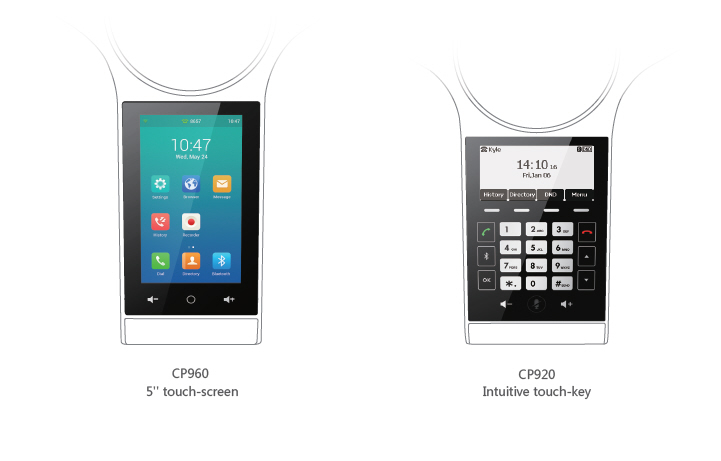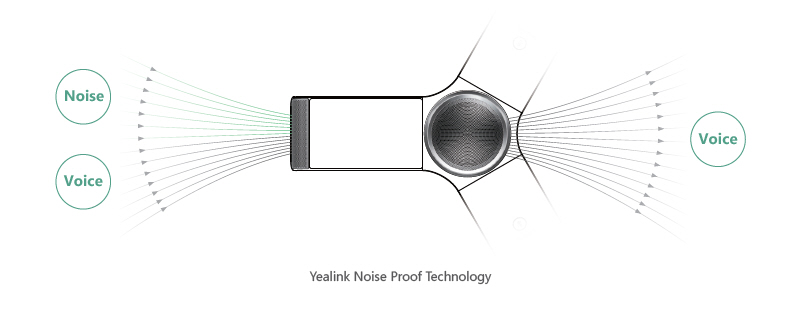Introduction
In an era characterized by rapid technological advancement, the way we handle communication has drastically evolved. With email, instant messaging, and video calls dominating our daily interactions, traditional voicemail systems have struggled to remain relevant. However, voicemail isn’t entirely obsolete; instead, it’s undergoing a transformation—one that leverages modern technology to enhance productivity and streamline communication. This article delves into Voicemail Management in the Digital Age: A Look at Current Solutions, exploring how contemporary voicemail solutions are integrated with VoIP phone systems and tailored to meet the demands of today’s fast-paced world.
The Evolution of Voicemail Systems
From Analog to Digital: A Brief History
Voicemail systems initially emerged in the 1980s as an alternative to traditional answering machines. The first digital voicemail systems were rudimentary, often requiring users to call a specific number to retrieve their messages. https://soundcurve.com/voip-phone-services/ However, as technology advanced, so did voicemail capabilities. Today’s digital voicemail is more sophisticated and user-friendly.
The Rise of VoIP Phone Systems
With the advent of Voice over Internet Protocol (VoIP) phone systems, voicemail management has taken on new dimensions. VoIP technology allows voice communication over the internet instead of through traditional telephone lines. This shift has led to enhanced features that integrate seamlessly with various applications.
Key Features of Modern Digital Voicemail
Modern digital voicemail solutions offer several advanced features:
- Transcription Services: Converts voice messages into text for easier access. Email Integration: Sends voicemails directly to your email inbox. Mobile Access: Retrieve voicemails from anywhere using mobile apps. Visual Voicemail: Allows users to see a list of messages and choose which ones to listen to first.
Why Businesses Need Effective Voicemail Management
For businesses, managing voicemail effectively is crucial for maintaining customer relationships and ensuring seamless communication among team members. An efficient voicemail system can prevent missed opportunities and improve overall productivity.
Understanding VoIP Phone Systems
What Are VoIP Phone Systems?
VoIP phone systems utilize internet protocols for transmitting voice communications. Unlike traditional phone systems that rely on circuit-switched networks, VoIP converts voice signals into digital packets transmitted over the internet.

Benefits of Using VoIP Phone Systems
Cost-Effectiveness: VoIP services are generally more affordable than traditional phone services. Scalability: Businesses can easily add or remove lines as needed without significant infrastructure changes. Flexibility: Employees can make calls from any location with internet access. Advanced Features: Many VoIP providers offer integrated tools such as video conferencing and collaboration software.Common Misconceptions About VoIP Phone Systems
Despite their popularity, there are several misconceptions surrounding VoIP:
- Misconception: VoIP is only suitable for large businesses. Reality: Small businesses can also benefit significantly from VoIP solutions due to their affordability and flexibility. Misconception: Call quality is poor with VoIP. Reality: With a reliable internet connection, call quality can match or exceed that of traditional telephone services.
Voicemail Management in the Digital Age: A Look at Current Solutions
In today's fast-paced environment, effective voicemail management is vital for both individuals and organizations. As businesses increasingly adopt remote work policies and flexible working arrangements, having a reliable solution for managing voicemails has never been more important.

Integrating Digital Solutions with Traditional Practices
Combining modern digital solutions with established practices creates a balanced approach to managing voicemails effectively. Organizations should assess their current needs while considering future scalability when adopting new technologies.
The Role of AI in Modern Voicemail Solutions
Artificial Intelligence (AI) plays a significant role in enhancing voicemail management processes:
- AI-driven transcription improves accuracy by learning from past messages. Intelligent routing directs urgent messages immediately to the appropriate personnel.
Current Trends in Voicemail Management Solutions
Unified Communication Platforms: Integrating voicemails into broader communication platforms enhances accessibility. Cloud-Based Solutions: Cloud storage ensures that messages are easily retrievable from any device. Enhanced Security Features: Modern solutions incorporate encryption protocols to safeguard sensitive information.Exploring Popular Voicemail Management Solutions
1. Google Voice for Business
Google Voice offers a comprehensive suite of features tailored for business use:
- Transcription services provide users with written summaries of voicemails. Integration with Google Workspace streamlines workflow processes.
Pros:
- User-friendly interface Robust integration options
Cons:
- Limited international calling features
2. RingCentral Office
RingCentral Office combines voice calling with video conferencing and messaging functionalities within one platform:
- Visual voicemail allows users to prioritize messages efficiently.
Pros:
- Comprehensive feature set Strong customer support
Cons:
- Pricing may be higher compared to basic alternatives
3. Grasshopper Virtual Phone System
Grasshopper is designed specifically for small businesses looking for an easy-to-use virtual phone system:
- Offers customizable greetings and call forwarding options.
Pros:
- Affordable pricing structure Simple setup process
Cons:
- Lacks some advanced features found in competitors
FAQ Section
What is voicemail management?
Voicemail management refers to the strategies and tools used by individuals or organizations to effectively organize, retrieve, and respond to voicemails.
How do modern voicemail systems work?
Modern voicemail systems typically operate through cloud-based platforms that allow users access via various devices including smartphones and computers.
Are there any costs associated with using cloud-based voicemail services?
Yes, many cloud-based services charge monthly fees based on usage or subscription plans; however, they often provide better features compared to traditional methods at competitive rates.
Can I access my business voicemails remotely?
Most modern voicemail solutions allow remote access via mobile apps or web portals, enabling you to retrieve messages from anywhere in real-time.
What advantages does integrating AI bring to voicemail management?
AI enhances efficiency by improving transcription accuracy, automating message sorting based on urgency or relevance, and providing insights derived from message patterns.
Is it possible to customize my greeting on a digital voicemail system?
Absolutely! Most digital voicemail systems allow users flexibility in creating personalized greetings tailored specifically for different callers or situations.
Conclusion
In conclusion, effective voicemail management has become essential in today’s digital age where communication styles are continuously evolving alongside technology advancements like VoIP phone systems. Understanding these contemporary solutions not only aids individuals but also strengthens organizational efficiency across various sectors striving toward better connectivity while minimizing missed opportunities through missed calls or unresponsive messages—ultimately leading businesses towards heightened productivity levels overall!
As we reflect on this journey through "Voicemail Management in the Digital Age: A Look at Current Solutions," one thing remains clear—voicemail continues its transformation into an indispensable tool within our ever-changing landscape of connectivity.